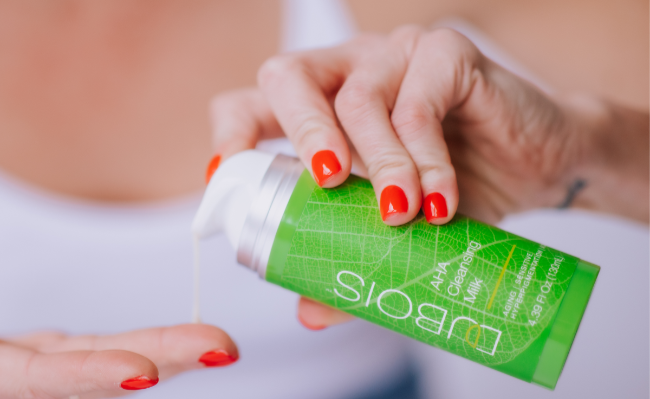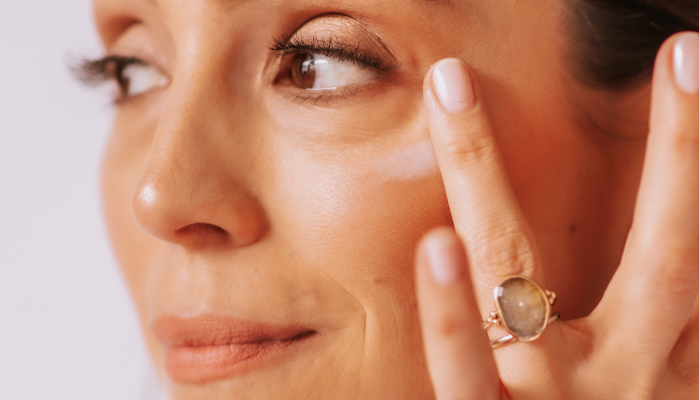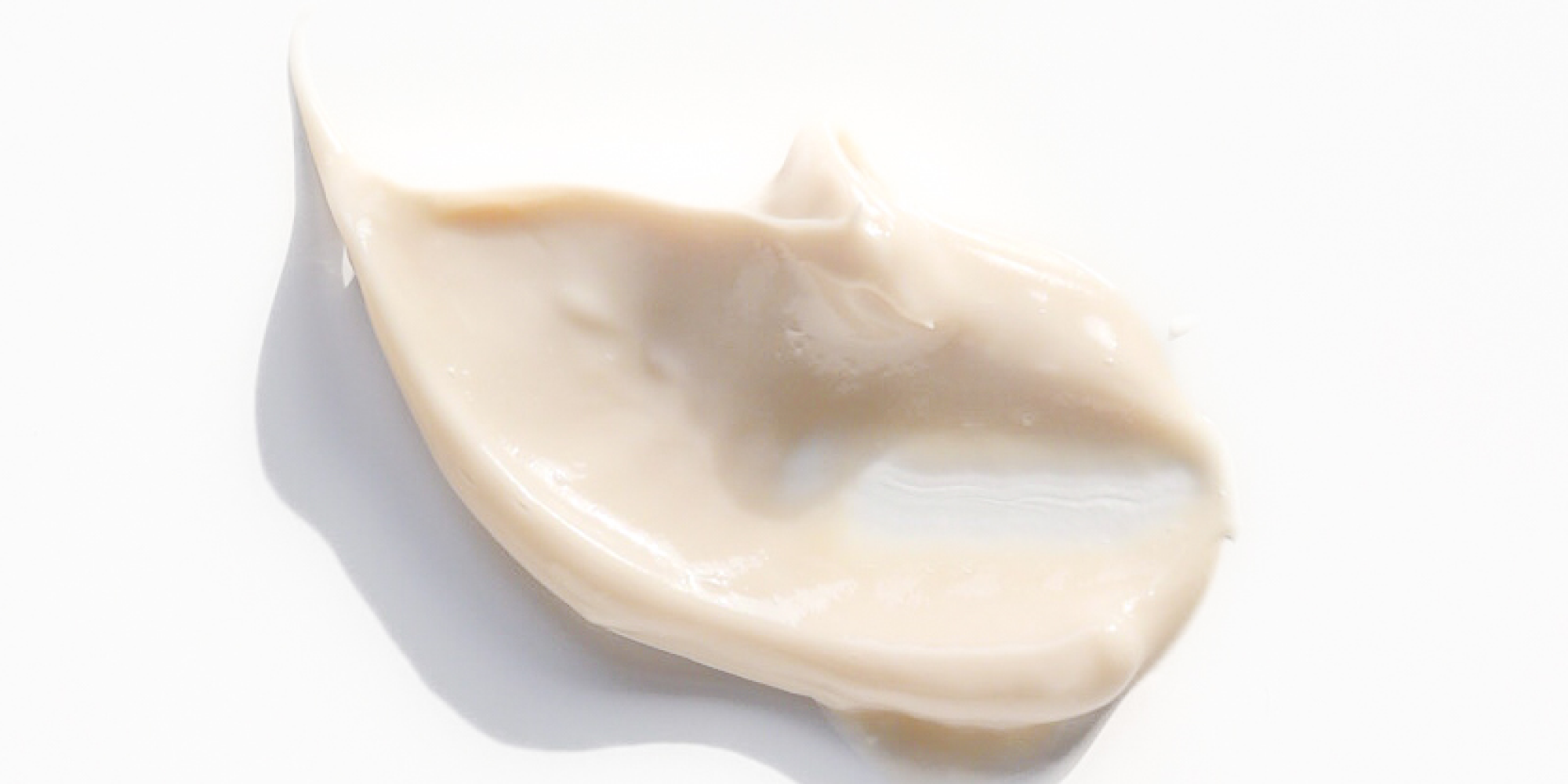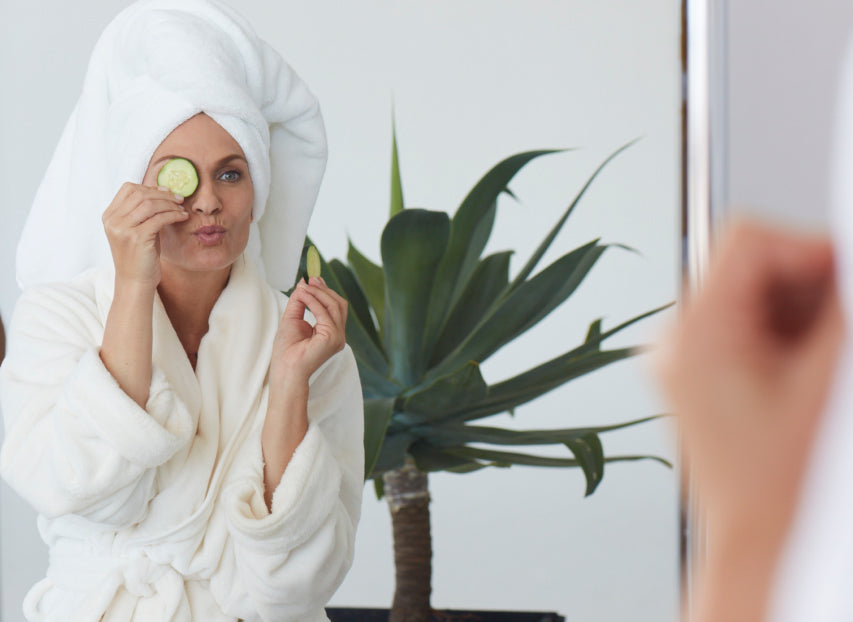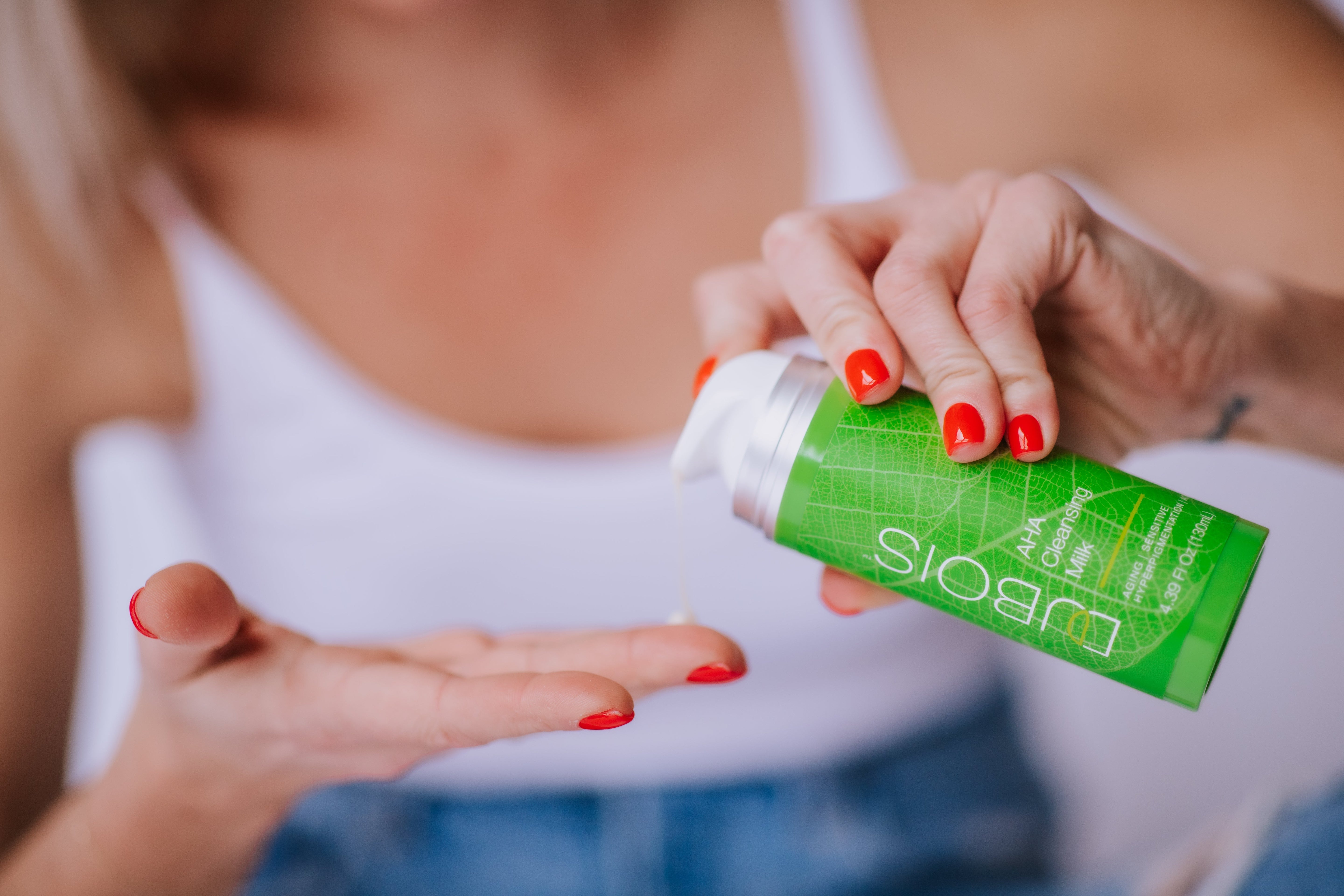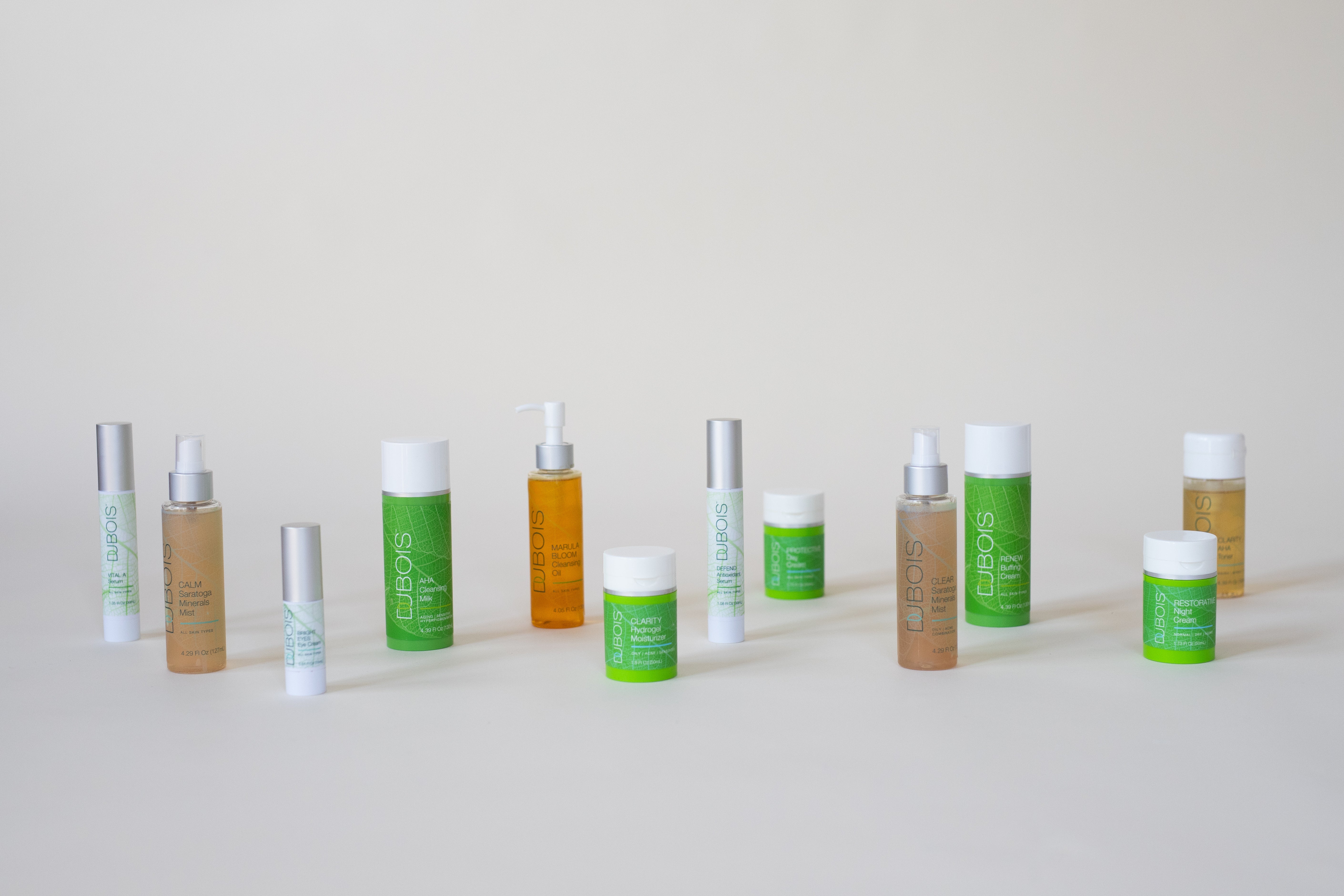
The Essential Steps for a Skincare Routine: A Complete Guide
As a licensed esthetician with over 40 years of experience working alongside medical professionals and within the spa and wellness space, I’ve learned that effective skincare doesn’t have to be complicated or overwhelming. The key to beautiful, healthy skin is a simple, consistent routine tailored to your unique skin condition. Understanding how your skin functions and ages helps you appreciate the purpose behind each step—and empowers you to care for your skin with confidence.
This complete guide will walk you through the essential steps of a skincare routine, explain why each one matters, and offer tips for building a regimen that works for you.
Why a Skincare Routine Matters
A daily skincare routine is more than just a beauty habit—it’s a vital part of maintaining your skin’s health and resilience. Our skin is constantly exposed to environmental stressors like pollution, UV rays, and dryness, all of which accelerate aging and cause damage.
Consistency Is Key
Skin thrives on regular care. The most effective skincare routine is one you follow every day without fail. Consistency allows your skin to heal, regenerate, and respond positively to the products and treatments you use. On the other hand, sporadic or overcomplicated routines often confuse or irritate the skin, leading to frustration and lack of results.
Understanding the Skin’s Function and Aging
Your skin is the largest organ of the body and plays a vital role in your overall health. It acts as a protective barrier, regulates body temperature, helps eliminate toxins, and often reflects what’s going on inside the body. Conditions like acne, dryness, or redness may not just be skin-deep—they can signal internal imbalances related to hormones, digestion, or stress.
The skin naturally renews itself approximately every 28 days, but this process slows down as we age. As cell turnover declines, dead skin cells build up more quickly on the surface, contributing to dullness, uneven tone, and a rough texture. Collagen and elastin production also decrease, leading to fine lines, sagging, and reduced elasticity.
In deeper layers, structural changes begin to occur. The subcutaneous layer, which contains fat and connective tissue, gradually thins with age. This reduction in underlying support contributes to a more hollow appearance—particularly around the temples, under the eyes, and along the cheeks and jawline. These changes are natural but often misunderstood, which is why education is key.
Understanding how your skin functions and changes over time helps you make smarter skincare choices—not only to improve its appearance now but to support long-term health and vitality.
Basic Steps for a Skincare Routine
A well-rounded skincare routine doesn’t require dozens of products. Here are the essential steps that provide a solid foundation for healthy skin.
Step 1 – Cleanser
Cleansing is the foundation of your routine. It removes dirt, oil, sweat, makeup, sunscreen, and environmental pollutants, preparing your skin to better absorb the ingredients that follow. Use a gentle cleanser suited to your skin condition:
- Oily or congested skin: Choose a gel or foaming cleanser with clarifying ingredients like salicylic acid or willow bark.
-
Dry, sensitive, or mature skin: Opt for a cream, balm, or oil-based cleanser to preserve hydration and support the skin barrier.
Double cleansing is especially effective in the evening. Start with an oil-based cleanser or micellar water to remove makeup, sunscreen, and impurities. Follow with a second cleanse using a gentle water-based cleanser to remove residue and deeply purify the skin.
Step 2 – Toner
Toners help balance the skin’s pH, add hydration, or gently exfoliate depending on their ingredients. Use a toner to help balance your skin condition:
- Hydrating toners with aloe vera or hyaluronic acid
- Clarifying toners with niacinamide or gentle acids for oily or congested skin
If your skin feels balanced after cleansing, this step can be optional.
Step 3 – Serum
Serums are concentrated formulas designed to deliver active ingredients directly into the skin. They address specific concerns such as dullness, dehydration, fine lines, pigmentation or breakouts. Choose your serum based on your current skin condition and goals:
- Vitamin C for brightening and antioxidant protection
- Hyaluronic acid to boost hydration and plump the skin
- Niacinamide to calm inflammation, refine pores, and balance oil
- Retinol or bakuchiol for smoothing fine lines and stimulating collagen
- Prebiotics and probiotics to support the skin's microbiome and reduce sensitivity
- Peptides to firm and strengthen the skin structure
-
Tyrosinase Inhibitors to control melanin production
Apply serums to clean, slightly damp skin after cleansing and toning.. You can layer more than one serum, starting with the thinnest consistency and allowing each to absorb fully before applying the next.
Step 4 – Moisturizer
Moisturizing locks in hydration and supports the skin’s barrier function. Everyone benefits from moisturizer, even oily skin:
- Light, oil-free moisturizers for oily or combination skin
- Rich creams or balms for dry or mature skin
Look for ingredients like ceramides, peptides, and natural oils to nourish and repair.
Step 5 – Sunscreen (AM Only)
Sun protection is the most important anti-aging step you can take. Apply a broad-spectrum sunscreen with at least SPF 30 every morning—rain or shine.
Mineral-based sunscreens (containing zinc oxide or titanium dioxide) are excellent for sensitive or acne-prone skin.
Advanced Steps to Add In
Once you have a consistent basic routine, you can enhance your skincare by incorporating these optional treatments based on your skin’s needs.
Exfoliants
Exfoliation removes dead skin cells, unclogs pores, and boosts radiance. Choose:
-
Chemical exfoliants like AHAs (glycolic, lactic acid) for dry or dull skin, or BHAs (salicylic acid) for oily, congested skin
- Use 1–3 times per week, avoiding harsh physical scrubs which can irritate
Face Oils
Facial oils help nourish, soothe, and seal moisture into the skin.
- Lightweight oils like jojoba or squalane mimic natural skin oils
- Richer oils such as rosehip or marula provide antioxidants and essential fatty acids
Use oils as the last step at night or mix with your moisturizer.
Masks
Masks deliver a weekly boost to your routine.
- Clay masks clarify and detoxify oily or congested skin
- Hydrating masks soothe and replenish dry skin
- Enzyme or peel masks gently refine texture
Choose based on your skin’s current condition.
Eye Cream
Eye creams address delicate concerns like puffiness, dark circles, and fine lines. Use sparingly with gentle tapping motions. Look for ingredients like peptides, caffeine, or ceramides.
Building the Right Routine for Your Skin Condition
Your skin condition can fluctuate based on factors like weather, hormones, stress, and aging. Adjust your routine accordingly:
-
Oily or congested skin: Prioritize oil control, gentle exfoliation, and lightweight hydration
-
Dry or dehydrated skin: Focus on moisture layering with humectants, emollients, and occlusives
-
Sensitive or reactive skin: Keep routines minimal, focusing on barrier repair and soothing ingredients
-
Mature skin: Incorporate hydration, gentle exfoliation, and collagen-supporting ingredients like retinol and peptides
Tips for Sticking with It
-
Keep it simple: Focus on essential steps your skin needs. Overloading can cause irritation
-
Make it a daily habit: Link skincare to another daily routine (like brushing your teeth)
-
Listen to your skin: Adjust products and frequency as your skin’s condition changes
-
Track progress: Take monthly photos or notes to stay motivated and see improvements
-
Set reminders: Use alarms or apps to stay consistent
Final Thoughts
Healthy, radiant skin is achievable with a simple, consistent routine designed to support your unique skin condition. As someone who has spent over four decades helping clients in both medical and spa settings, I can assure you that understanding your skin and committing to daily care is the most transformative approach you can take.
Start with the basics, be patient, and enjoy the process of nurturing your skin—it will thank you for years to come.
Denise Dubois is a licensed esthetician with over 40 years of experience in skincare, medical aesthetics, and spa wellness. She is the founder of Complexions Spa for Beauty & Wellness and creator of Dubois Beauty, a clean skincare line developed to restore and maintain healthy, balanced skin.

